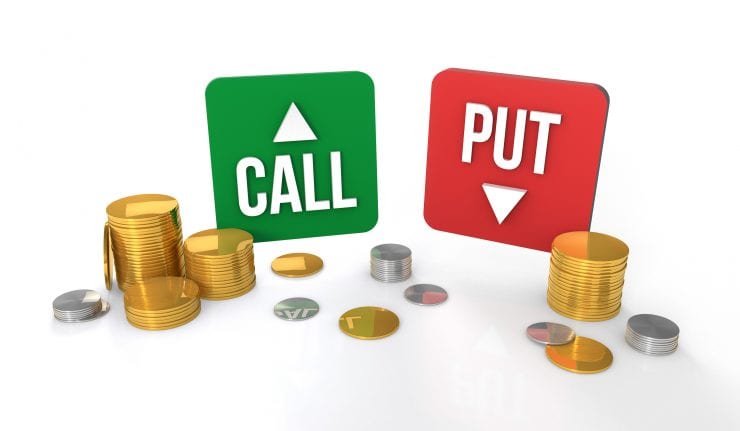Options trading is booming. People are bored sitting at home during quarantine and are turning their attention to the stock market and specifically options trading. Easy to use platforms such as Robinhood have helped to facilitate significant growth in options volume. It has emerged that Japanese giant SoftBank bought $4 Billion of options during recent weeks and that helped fuel the approximately 75% rise in the Nasdaq 100 index since the depths of March 2020.

Options Prices
If the volume of options trading is up, what do you think that means for the price of the options being traded? As with any other product, if the demand rises, then the price rises, all other things being equal. If the number of bidders for a particular call option at a particular strike price and expiration goes up, then the price to buy that call option will go up. The opposite is true as well. Quants will point you to the Black-Scholes Option Pricing Model to figure out what a call option is really worth, but in reality an option is worth what someone else will pay for it on the open market, and that goes back to simple supply and demand. If you believe that the stock or index that underlies the option stands a good chance of going up, then it may make sense to buy the call option. But, at present, you will pay a premium to do so.
Buy or Sell?
Consider this, however: If the sales price of a product is inflated, as option prices currently are, does it make sense to be a buyer in an inflated market or to be a seller? What I am saying here is that now is a great time to be a covered call seller, or writer, because option premiums are inflated. “Covered” calls involve owning the underlying stock or index and then selling calls at inflated prices and pocketing the premiums that you get from the sale. Typically a call seller will sell calls with strike prices at or above the current price of the underlying stock. For instance, you may want to sell a call with a strike price that is 1% higher than the current price of the underlying security. You pocket the premium that you sold the call option for no matter what happens next. At the expiration of the option, if the price of the underlying is below the strike price of the option, then you keep your stock as well as the option premium. If the price of the underlying at expiration is higher than the strike price, then you still keep your option premium but you have to “put” the underlying stock to the call option owner at the strike price, not at the actual price of the underlying. That’s your risk: you give up some potential upside in return for current cash in the form of the option premium. With option premium prices inflated presently, selling sounds like a good deal to me.
Don’t Be Naked
Don’t be naked, by which I mean don’t sell option premiums, either calls or puts, without owning the underlying security. Naked selling is very risky. If you like to be naked, then go ahead and buy options – don’t sell them naked.
IMO
Right now, options are like the new, hot restaurant that just opened. All of the beautiful people are there hanging out and it is tough to get a seat. Since the restaurant is in high demand, it boosts its prices up. Do you believe it is a good investment to try to “buy” a seat at this hot new place called the options market? Or might a be a good idea to avoid it for now and wait until the hype dies down a bit so that you can partake at a more reasonable price? My restaurant analogy falls short with respect to my covered call strategy (you can’t “short” future seats at the restaurant, at least not yet). However, I hope you get the picture: Be fearful when others are greedy. Be careful if you decide to trade options if you are new to the game, and please don’t jump in naked.
